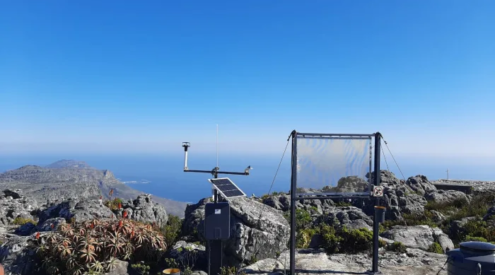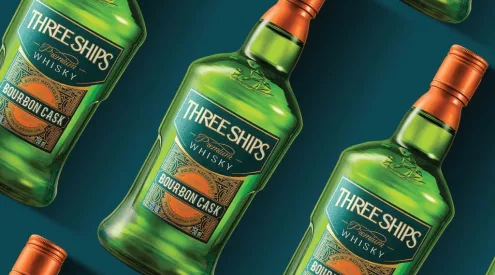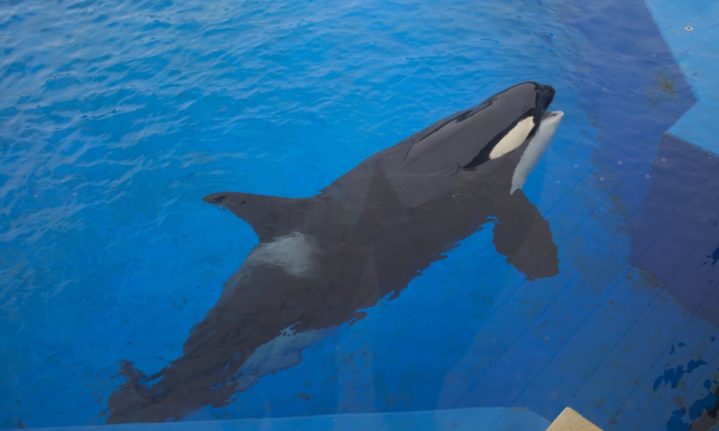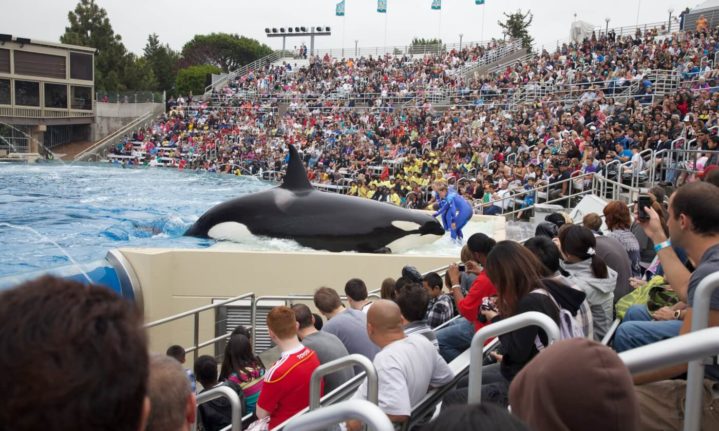A pod of orcas was attacked by humans off the coast of British Columbia, Canada, in 1969. Calves were violently taken from their mothers and sold into captivity.
Corky, one of those calves, was just four years old when she was taken. Corky is now considered the longest-living captive orca in the world, having lived nearly 53 years in captivity.
Corky’s tragic breeding history

After being captured, Corky lived in terrible conditions in Marineland of the Pacific, California. During her 17 years at the now-defunct facility, she was bred seven times. Corky was forcibly impregnated six times by park staff with the semen of a relative and once by an unrelated orca over the course of 10 years.
None of Corky’s calves survived more than 47 days. When Corky’s first calf failed to nurse, staff at the facility attempted to force feed her. Unfortunately, the calf died of pneumonia after just 16 days. Almost all the calves met the same fate. Corky also had a stillborn baby that was eight weeks premature.
Corky was bred one final time shortly before she was transferred to SeaWorld, where her calf was found floating at the bottom of Corky’s tank after she suffered a miscarriage.
SeaWorld would have continued to breed Corky had the state of California not criminalised orca breeding, resulting in the termination of its orca breeding programme.
The effects of captivity
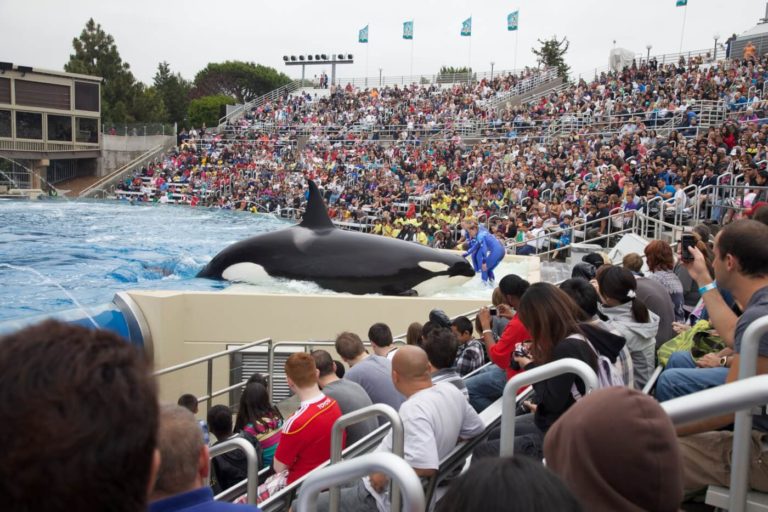
The extensive and detrimental effects of orcas living in captivity has been well-documented over the last couple of decades.
In the wild, orcas swim continuously for hours on end, and can go as fast as 28 miles (45 km) per hour. Evidently, these apex predators are not suited for small, confined spaces, such as the tanks at SeaWorld. This leads to extreme stress and restlessness, which in turn manifests as aggression or self-mutilation, according to this report from the People for the Ethical Treatment of Animals (PETA).
Orcas are acoustic creatures that rely on echolocation for social communication. However, research has shown that orcas in captivity have impaired communication skills, as a result from isolation or inability to disperse from incompatible pairings.
There’s been reports of captive orcas being aggressive toward humans. Tilikum, an orca, was sold into captivity when he was just two years old. He lived, and died, at SeaWorld. During his miserable lifetime, Tilikum was responsible for the deaths of three SeaWorld staff members, including star performer Dawn Brancheau in 2010.
There’s also been reports of orcas in SeaWorld lying motionless at the bottom or surface of their tanks for extended periods of time. This behaviour is exceedingly rare, if not entirely absent in the wild.
Moreover, orcas at SeaWorld have been reported to charge and rake each other due to frustration. There’s also been several reports of orcas biting the steel gates separating them prior or during shows, resulting in worn or broken teeth, which can lead to dangerous infections.
Corky’s life at SeaWorld

Corky was moved to SeaWorld in San Diego, California in 1987, where she remains to this day.
PETA received whistle-blower reports stating that SeaWorld reportedly confined 10 orcas together, which reportedly caused an orca to become aggressive and chase, rake and injure Corky.
This is not the only suffering Corky has endured. Orcas can dive about 3 556 ft (1083 m) deep in the wild. At SeaWorld, Corky’s tank has a maximum dive depth of just 35ft (10 m).
Melanie Johnson, Manager of Animals in Entertainment Campaigns at PETA, commented that ‘Corky has been called the saddest orca in the world.’
Corky is just one of the many animals suffering at the hands of SeaWorld. More than 40 orcas have died at SeaWorld.
People have been fighting for decades for Corky and other whales and dolphins to be relocated to seaside sanctuaries where ‘they could live in large areas of the actual ocean while still benefiting from the care of humans when needed’.
‘Orcas have an average life expectancy of 30 to 50 years’, says Melanie, ‘their max life expectancy is around 60 for males and 80 for females, so Corky could still live for a couple more decades.’
‘SeaWorld must do right by Corky and the other suffering dolphins and whales. The company cannot afford to wait until the last orca has died after a miserable life.’
Sign the petition to help Corky and other animals at SeaWorld here.
Pictures: Supplied by PETA
ALSO READ




